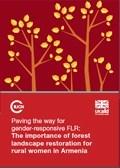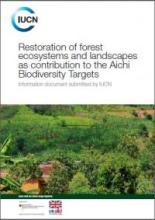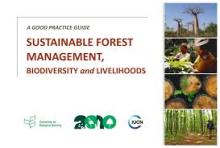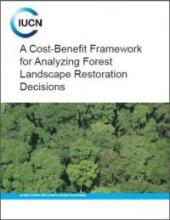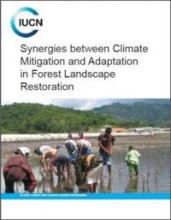/ library resources
Showing items 1 through 7 of 7.The International Union for Conservation of Nature (IUCN), in partnership with the Ugandan Ministry of Water and Environment, United Nations Development Programme (UNDP), and the United Nations Environment Programme (UNEP), as well as local governments and
Licuri is a highly valuable tree species, both to local ecosystems and in traditional cultural uses, with a clear commercial niche. Its productive and sustainable uses are directly linked to ecosystem conservation and women’s empowerment—which is being furt
In Armenia, the forestry sector and forest restoration policy development and decision making in natural resources management processes have been shaped as a result of women’s historical every day practices—which are also often drivers of deforestation and degradation—and yet women’s direct parti
This document provides information on how implementing forest landscape restoration (FLR) at the jurisdictional and national level can offer countries a way to recover degraded forests and bring back key forest ecosystem functionalities in a way that will increase biodiversity levels in a landsca
Forests are essential for human survival and well-being. They harbour two thirds of all terrestrial animal and plant species.
Forest landscape restoration activities are often misunderstood as involving high upfront costs and low rates of return.
The two responses to climate change - mitigating emissions and adapting to impacts - are often pursued as separate actions. But some ecosystem-based responses, like forest landscape restoration, can serve as both mitigation and adaptation tools.
Land Library Search
Through our robust search engine, you can search for any item of the over 73,000 highly curated resources in the Land Library.
If you would like to find an overview of what is possible, feel free to peruse the Search Guide.



